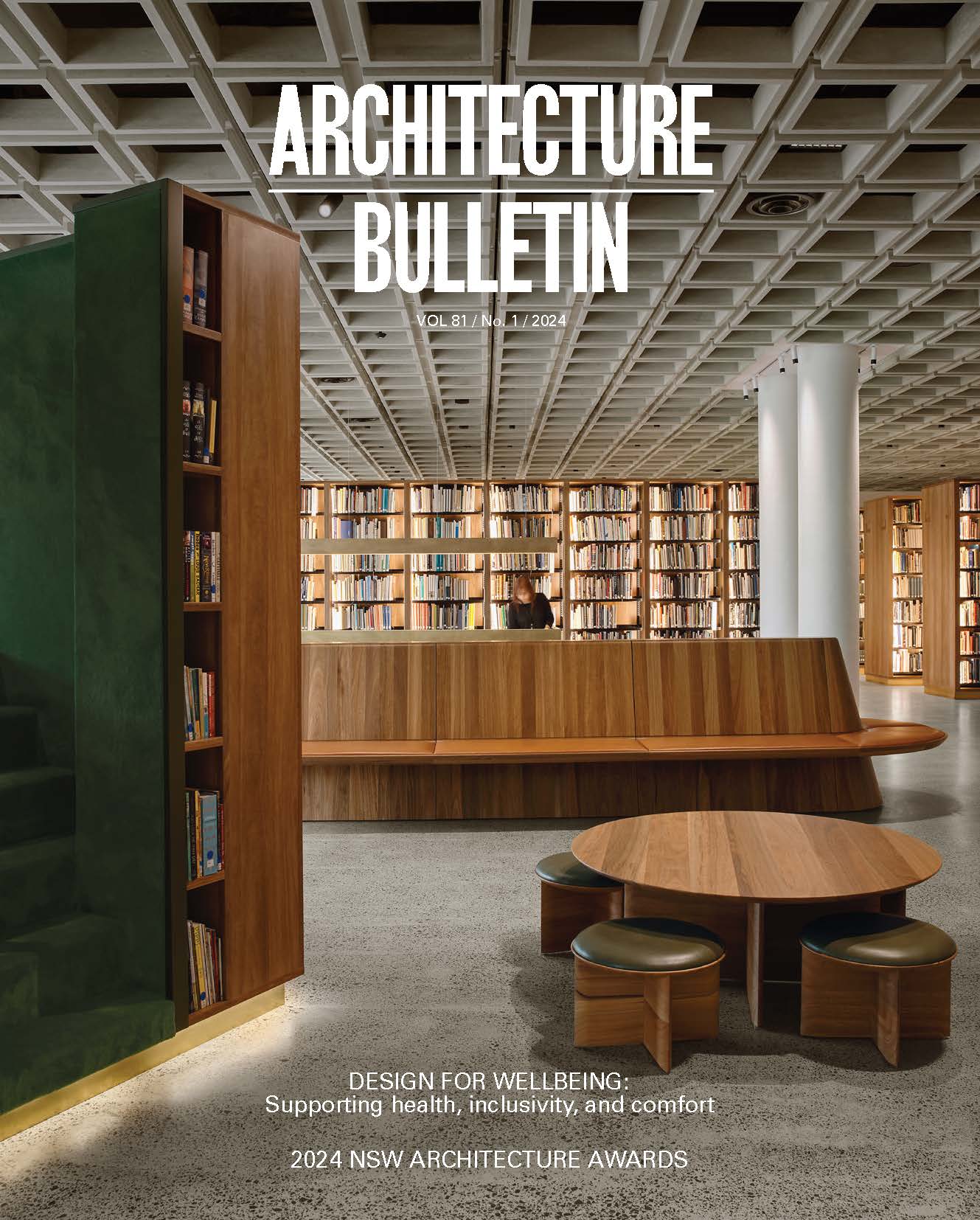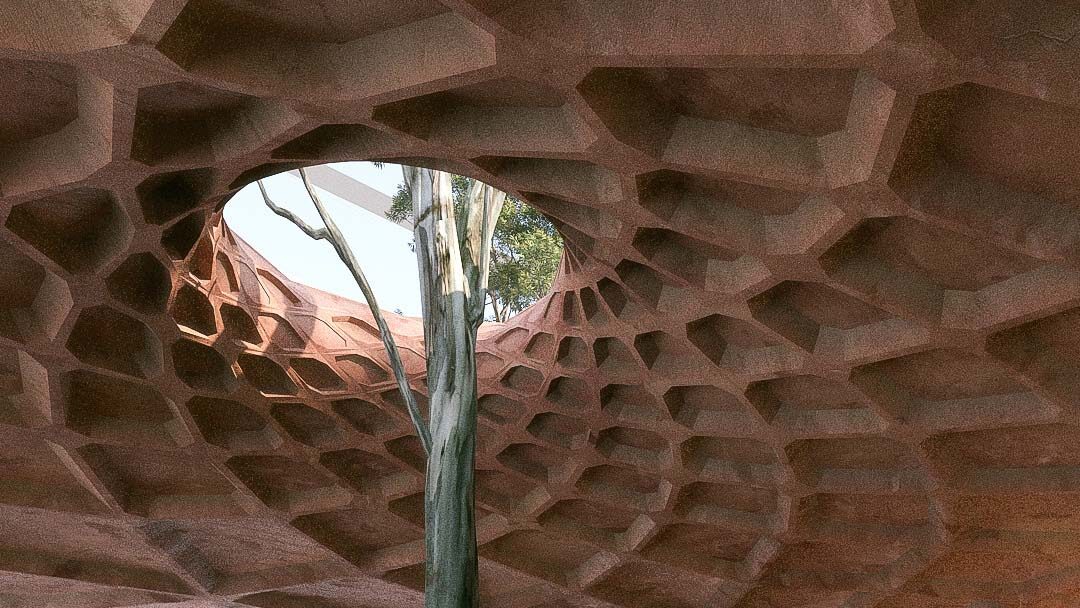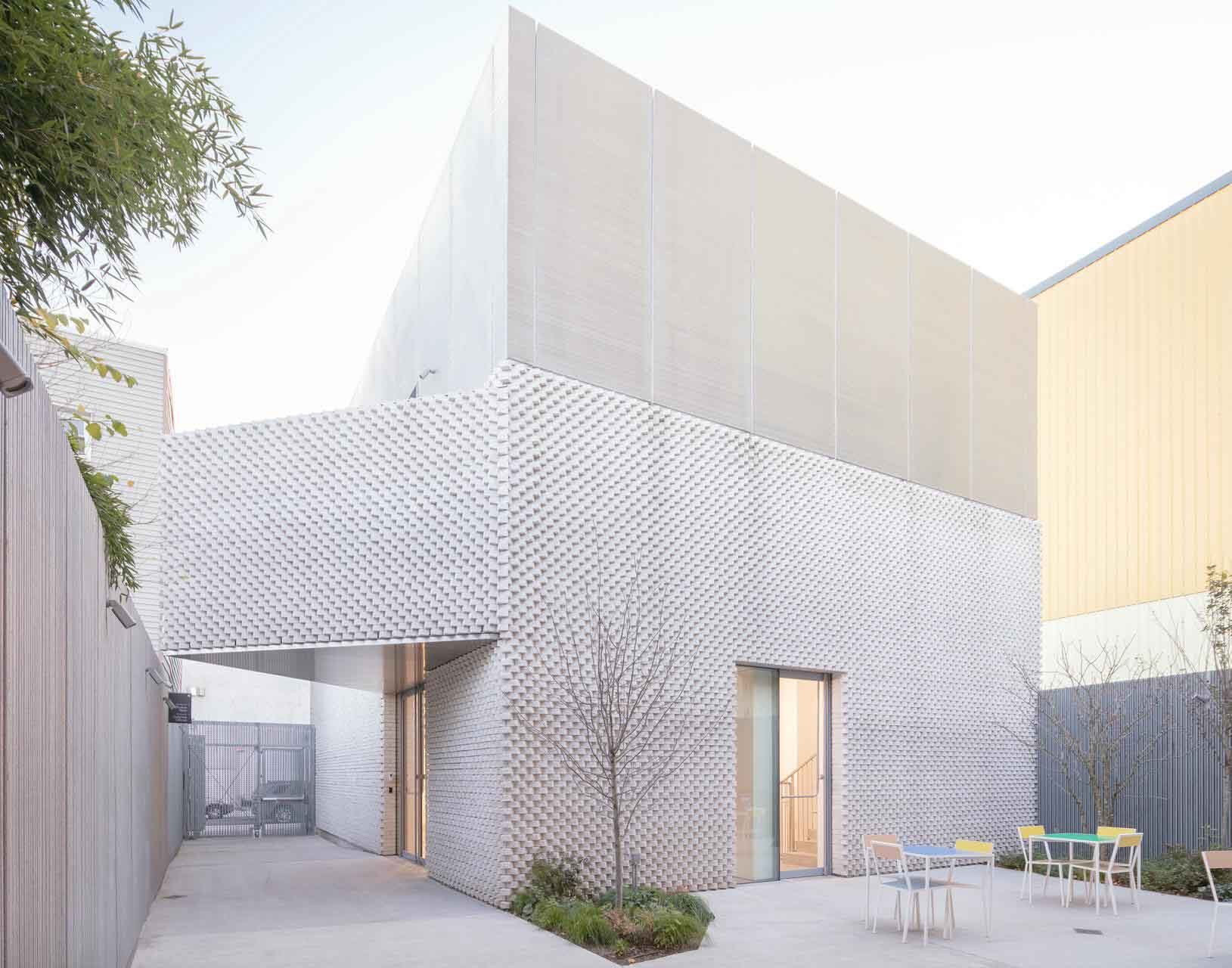A recent ground-breaking study into the Wellbeing of Architects in Australia, (based at RMIT and Monash Universities, funded by the Australia Research Council and supported by numerous industry partners) found that working in the profession isn’t necessarily easy. In fact, many architects display concerningly low levels of personal wellbeing.
The research was based on quantitative and qualitative data gathered from a series of nation-wide surveys and focus groups. The online surveys were undertaken in 2021 at the height of the COVID pandemic (with a total of 2066 respondents) and again in 2023 (with 782 respondents). The findings noted poor and deteriorating scores across a range of measures including personal wellbeing, psychological distress, and burnout. Indeed, measured against the Personal Wellbeing Index (a global measure of personal wellbeing), architects rate substantially lower than the Australian average – and this is diminishing.
SO, WHAT’S NEW IN THE FINDINGS?
For many working in architecture, this isn’t news. For them the research simply provides solid evidence following years of anecdotal accounts of an overly demanding, exacting, and exhausting career choice. But there were still unexpected results here: including the seemingly contradictory attitudes that respondents demonstrated towards the profession and their professional identity.
Many respondents both in 2021 and again in 2023 identified architecture as a career that did not support their personal wellbeing and would not necessarily recommend it to others. But in an apparent contradiction, respondents also recorded high levels of professional and creative identity – in other words they felt proud to be personally associated with the practice of architecture.
Measures of professional commitment were also strong, suggesting a high level of personal investment in being an architect. In other words, even though many respondents would hesitate to recommend a career in architecture to others, they still felt proud to be architects themselves, and expressed high levels of belief in the profession’s goals and possibilities. As one respondent noted in the 2021 survey, “I wouldn’t encourage anyone to study it, unless they had a passion – but I’m so glad I did, even if it broke my heart at least once.”
HOW CAN WE MAKE SENSE OF THIS APPARENT CONFLICT?
Wellbeing in architecture appears to be conditioned by a series of tensions. Often the very things that undermine wellbeing can also enrich it: the work is both demanding and rewarding, complex and creative, exhausting and invigorating – the pay is sometimes low, but the intrinsic rewards can be high. This all happens in an environment where the mechanics of working in architecture are increasingly challenging: procurement processes, available fees, challenges in time and resource management, perceptions of value, and economic and political pressures can squeeze some of the joy out of practice.
Yet despite it all, respondents also reported that often it’s very much worthwhile: for example, that “although [architecture is] a challenging career with respect to remuneration and working hours, the work is fulfilling and at times incredibly rewarding” (2021 Practitioner Survey).
HELPING OTHERS HELPS ARCHITECTS’ WELLBEING
There are, undoubtedly, enriching aspects of being an architect that keep many practitioners working in the profession. The point is however that these are inextricably entangled with the daily demands of practice – and their sometimes quite negative effects. We suspect that one factor supporting the engagement of practitioners may be the feelings of ‘efficacy’ entailed in architectural work itself. For example, architectural work is fundamentally premised on devising creative solutions to other peoples’ problems – namely, helping others. The value of this is exemplified by comments in our survey such as: “I still believe in the power of architecture and urban design to enrich lives” (2021 Practitioner Survey).
Understanding architectural work as a creative task (in part at least) which works to the benefit of the community can help architects to feel both valued and valuable. As one respondent commented, “I have been very fortunate in becoming an architect. It has been immensely rewarding to have been able to contribute to society and to have helped to create spaces that people enjoy using.” (2021 Practitioner Survey).
The personal and professional identity of architects are often tightly enmeshed. Aligning the profession of architecture with improving the wellbeing of others, works to shift architects’ professional and creative identity into the arena of change-making. What this suggests is that despite the difficulties of working in architecture, and the daily realities that can undermine practitioner wellbeing, architects are nevertheless proud of their professional identity because they feel empowered to creatively help others.
Making significant and real changes to peoples’ lives, not just direct clients but also a wider community and the environment through architectural work, can be personally and professionally uplifting. In the words of one contributor to the 2022 Focus groups, “It’s always about making the world a better place. Everything that we do is about improving things.” If architects are able to turn the focus of their altruism and creativity back to improving their own wellbeing, we will have achieved the best of both worlds. The expression ‘healer, heal thyself’ could equally be applied to architects.
Note
The Wellbeing of Architects: culture, identity + practice research project was conducted with support from the Australian Research Council (LP190100926). The Linkage Project research team included Naomi Stead, Julie Wolfram Cox, Maryam Gusheh, Brian Cooper, Kirsten Orr, Byron Kinnaird, and Tracey Shea, with assistance from Vicki Leibowitz, Liz Battiston and Julia Rodwell. Industry partners were the NSW Architects Registration Board, The Australian Institute of Architects, The Association of Consulting Architects, the Association of Australasian Schools of Architecture, BVN, DesignInc, Elenberg Fraser, The Fulcrum Agency, Hassell, and SJB. The project has produced a series of Guides to Wellbeing in Architectural Practice in partnership with Parlour, and with key authors Susie Ashworth, Alison McFadyen, and Justine Clark. To access the Guides to Wellbeing see https://parlour.org.au/mental-wellbeing/. For more details on the research see https://thewellbeingofarchitects.org.au/.
Vicki Leibowitz is a research fellow of design and creative practice at RMIT University.
Naomi Stead is an associate professor in the School of Architecture at the University of Queensland (UQ) and deputy director of the UQ research centre Architecture, Theory, Criticism, History.
Byron Kinnaird is a researcher and educator with a deep interest in the cultures and structures of the architecture profession. Byron is a Research Fellow at Monash University under The Wellbeing of Architects project.




